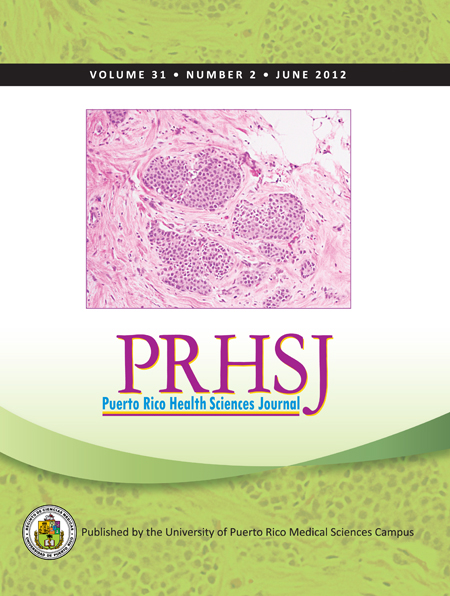Abstract
Objective: A new method using Multiple Criteria Optimization (MCO) proposed by our research group has shown evidence of being able to identify gene-based biomarkers for the detection of cancer using microarray data. Herein, we explore this method, considering more than two conflicting criteria for the MCO problem. Using this method would result in stronger outcomes when using different results from microarray analyses. It would also demonstrate that the method is suitable for carrying out meta-analysis. Methods: Statistical comparisons between normal and cancer tissues were performed using a colon cancer microarray database. The different comparisons were carried out with a Mann–Whitney non-parametric test using partial permutations of the data. An MCO problem was built using the different p-values obtained. The associated solution was the set of genes reaching the best compromises between the p-values under consideration that were located in the so-called efficient frontier. Data Envelopment Analysis (DEA) was used to find the efficient frontier of the MCO problem. The capacity of DEA was explored using different numbers of p-values (criteria) in the model. Results: The set of identified genes was consistent across the instances using different numbers of p-values in the DEA model, thereby providing evidence of the outcome stability of the proposed strategy. It was also observed that convergence to a larger number of potential biomarkers is faster with additional criteria, i.e., more p-values. Conclusion: The MCO problem proposed for the cancer biomarker search using microarray data can be solved efficiently with DEA using more than two conflicting criteria. This approach can result in robust results when using different analyses of microarray data and, indeed, in a faster convergence to highly potential biomarkers.
Authors who publish with this journal agree to the following terms:
a. Authors retain copyright and grant the journal right of first publication with the work simultaneously licensed under a Creative Commons Attribution License that allows others to share the work with an acknowledgement of the work's authorship and initial publication in this journal.
b. Authors are able to enter into separate, additional contractual arrangements for the non-exclusive distribution of the journal's published version of the work (e.g., post it to an institutional repository or publish it in a book), with an acknowledgement of its initial publication in this journal.
c. Authors are permitted and encouraged to post their work online (e.g., in institutional repositories or on their website) prior to and during the submission process, as it can lead to productive exchanges, as well as earlier and greater citation of published work (See The Effect of Open Access).
